
Starting June 1st, 2023 Our warehouse fee will be $0.65/cubic foot per month
In effort to lower the warehouse storage fee during inflation, we have went narrow aisle racking.This construction took us four months but the project is finally completed. With narrow aisle racking, we are able to drop storage by 24%.We as partners will go through this inflation together.
08/13/2024
Pallet racking is a crucial storage solution for businesses aiming to maximize warehouse space and manage inventory efficiently. It consists of horizontal beams and vertical upright frames, forming a robust structure for storing pallets of goods. Pallet racks are prevalent in various sectors, including manufacturing, distribution, and retail.
To enhance storage capacity and streamline operations, a pallet rack system is ideal. It allows vertical product storage, utilizing the full height of the warehouse, freeing valuable floor space, and improving facility organization.
Pallet rack systems offer high versatility. With numerous configurations and pallet racking accessories, you can tailor your warehouse racking systems to your specific needs. Whether handling heavy loads, irregularly shaped items, or high-volume inventory, a suitable pallet rack system is available to meet your requirements.
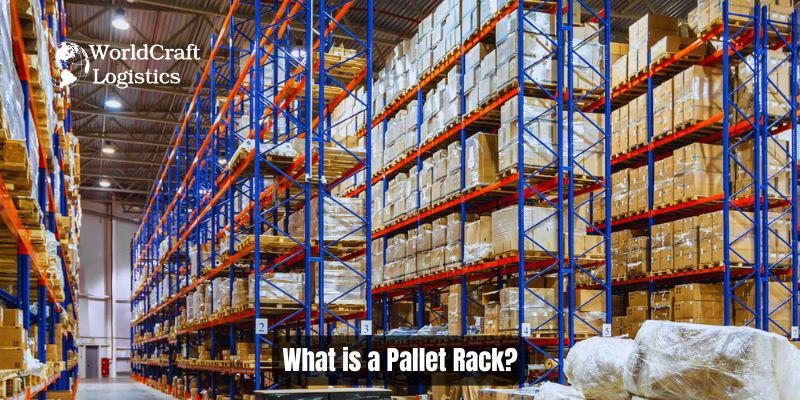
Pallet rack systems are engineered to hold palletized materials in horizontal rows across multiple levels. These systems comprise vertical upright frames and horizontal beams, creating a framework for pallet storage. The uprights are anchored to the floor and connected by beams at different heights, forming a robust structure capable of supporting heavy loads.
Warehouse pallet racking maximizes vertical space usage in a warehouse or storage facility, significantly increasing storage capacity compared to floor storage. This method allows for more inventory storage within a smaller footprint, reducing costs associated with warehouse real estate.
Pallet rack systems offer high customization, with various configurations to meet different storage needs. The most common type is selective racking, providing direct access to each pallet. Other types include drive-in racking, push-back racking, and pallet flow racking, each designed for specific applications and storage requirements.
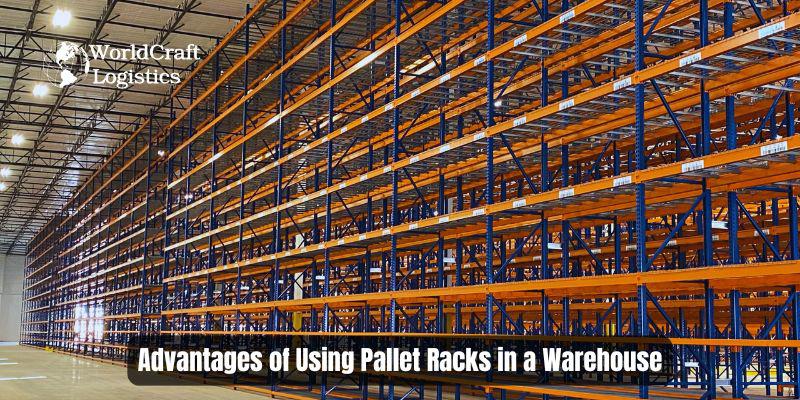
One major benefit of pallet racks is their ability to optimize storage space. Utilizing the vertical space in your warehouse allows for more product storage within the same square footage. This expanded storage capacity enables you to manage a larger inventory without the need for expensive warehouse expansions.
Pallet rack systems also provide easy access to inventory, offering a structured and organized method for storing goods. With designated storage locations and labeled racks, locating and accessing items becomes straightforward.
This improved organization enhances picking and packing processes, reducing the time and effort needed to fulfill orders. Consequently, employees spend less time searching for products and complete orders more quickly. This boost in productivity enables better workforce allocation and may reduce labor costs.
Additionally, pallet rack systems enhance workplace safety. They offer a stable and secure environment for product storage, minimizing risks associated with improperly stacked or unstable pallets. Clear pathways and reduced clutter on the warehouse floor further improve safety for employees.
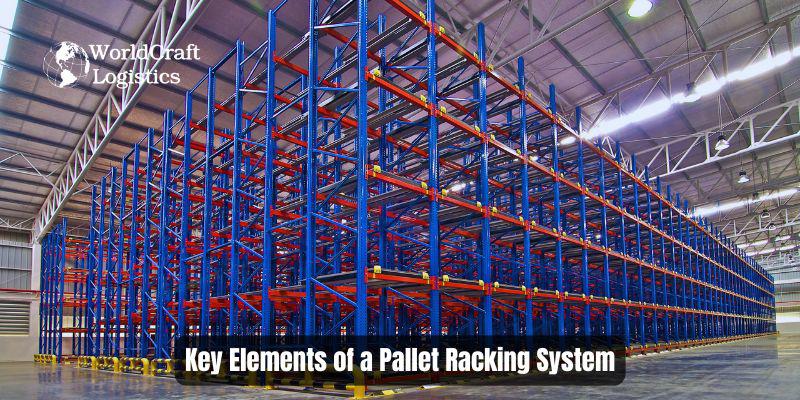
To grasp how pallet racks function, it's crucial to understand their primary components. Here's an overview:
Upright frames are the vertical columns forming the backbone of the racking system. Typically made of high-strength steel and anchored to the floor, their height dictates the racking's overall height and the number of storage levels achievable.
Cross beams, or load beams, are horizontal supports connecting the upright frames at various levels. These beams support pallets and distribute weight evenly across the structure. They come in different lengths and weight capacities to suit various pallet sizes, load weights, and frame depths.
Decking is the horizontal surface on which pallets rest, and can be made of wire mesh, wooden boards, or metal panels, depending on storage needs. Decking evenly distributes pallet weight and prevents them from falling between beams.
Safety features ensure the structure's integrity and employee protection. These include:
Locking mechanisms: Pins or clips securing beams to uprights, preventing accidental dislodgement.
Pallet supports: Components like wire decking or pallet supports preventing pallets from sliding off racks.
Column protectors: Barriers around the base of uprights to prevent damage from forklift collisions.
Load capacity labels: Labels indicating the maximum weight capacity of each rack level to prevent overloading.
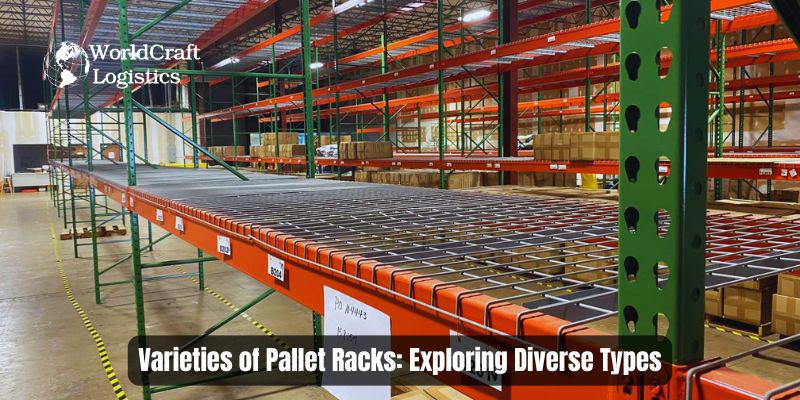
When it comes to pallet racks, several types are available, each tailored to specific storage requirements and operational needs. The most common types of pallet racking systems typically include the following five elements.
👉 Selective pallet racking: This system is the most widely used type of racking. It allows direct access to each pallet, making it ideal for warehouses with a high turnover of products. The racks are arranged in single-deep rows, with aisles between them for easy forklift or pallet jack access.
👉 Double-deep pallet racking: Similar to selective racking, this system features two row racks placed back-to-back. It provides greater storage density and reduces the number of aisles required. However, access to the rear pallets is limited, making it suitable for products with lower turnover rates.
👉 Push-back pallet racking: A high-density storage solution that uses nested carts. When a pallet is loaded onto the front cart, it pushes other pallets back, creating space for the next pallet. This racking is ideal for storing multiple pallets of the same product, enabling last-in, first-out (LIFO) inventory management.
👉 Drive-in/drive-thru pallet racking: Designed for maximum storage density, these systems have deep lanes with rails that support the pallets, allowing forklifts to drive into the racking structure. Drive-in racking has a single entry point, while drive-thru racking has entry points on both ends. They are best for storing large quantities of the same product due to limited access to individual pallets.
👉 Pallet flow racking: Also known as gravity flow racking, this dynamic system uses inclined rails and rollers. Pallets are loaded onto the higher end and move down the incline by gravity, facilitating first-in, first-out (FIFO) inventory management. This racking is ideal for products with high turnover rates and strict expiration dates, such as perishable goods.
When selecting the right pallet racking for your warehouse, consider factors such as product characteristics, inventory turnover, available space, and material handling equipment. Choosing the appropriate racking system can significantly enhance your inventory storage and fulfillment operations.
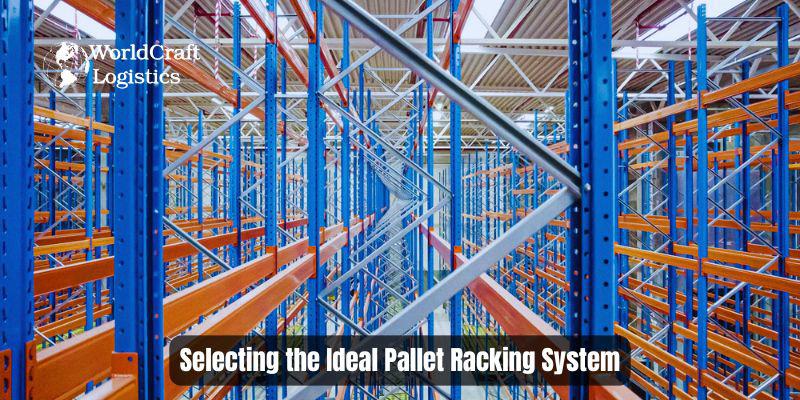
When selecting the appropriate pallet racking for your warehouse, start by assessing the size, weight, and shape of the palletized materials you plan to store. Some pallet rack frames are ideal for heavy or bulky items, while others suit smaller, lighter products. Ensure the pallet rack system can safely accommodate your goods by considering pallet dimensions and load capacity.
Next, evaluate the frequency of product movement in and out of the warehouse. For high-turnover items requiring frequent access, a selective pallet rack system or pallet flow racking system may be ideal. For lower turnover rates, double-deep or drive-in racking can offer higher storage density.
Consider your warehouse space and equipment. Measure the warehouse dimensions, layout, and ceiling height to determine the best pallet rack type and configuration for your business.
If floor space is limited, consider systems that maximize vertical storage, such as drive-in or push-back racking. Ensure you have the right equipment for efficient loading and unloading, as some pallet racks require specific tools.
Safety is crucial; consider load capacity, rack stability, and fire safety requirements. Consult a professional racking provider to remain compliant and obtain necessary permits.
Before deciding, assess your budget and ensure the price is justifiable. Racking types vary in cost depending on materials, complexity, and storage capacity. Consider long-term benefits and return on investment in your decision.
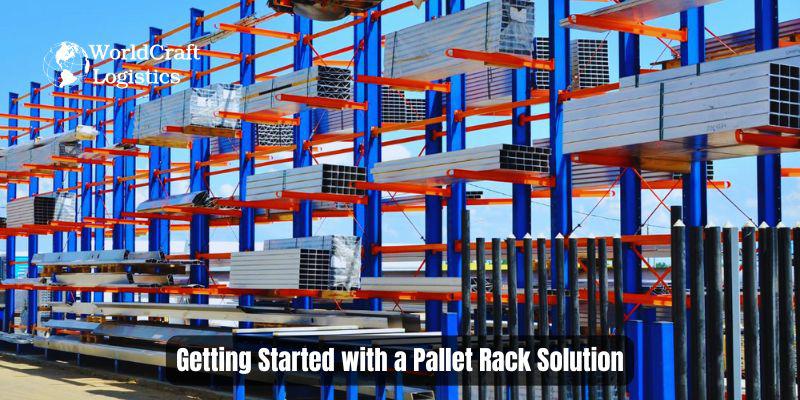
Selecting the right pallet racks tailored to your needs is essential for optimizing operations and securing long-term benefits. With business growth and evolution, a modular pallet rack system offers the flexibility and scalability needed for future expansion.
While exploring pallet racking systems, consider WorldCraft Logistics for short-term pallet storage. Our experienced team provides guidance on choosing the best pallet rack option for your business, whether it's building your own operation or partnering with our fulfillment team to leverage our strategic warehouse locations and customized solutions.
Contact our team to learn more about your pallet racking options.
SEO
Digital Marketing/SEO Specialist
Simon Mang is an SEO and Digital Marketing expert at Wordcraft Logistics. With many years of experience in the field of digital marketing, he has shaped and built strategies to effectively promote Wordcraft Logistics' online presence. With a deep understanding of the logistics industry, I have shared more than 500 specialized articles on many different topics.
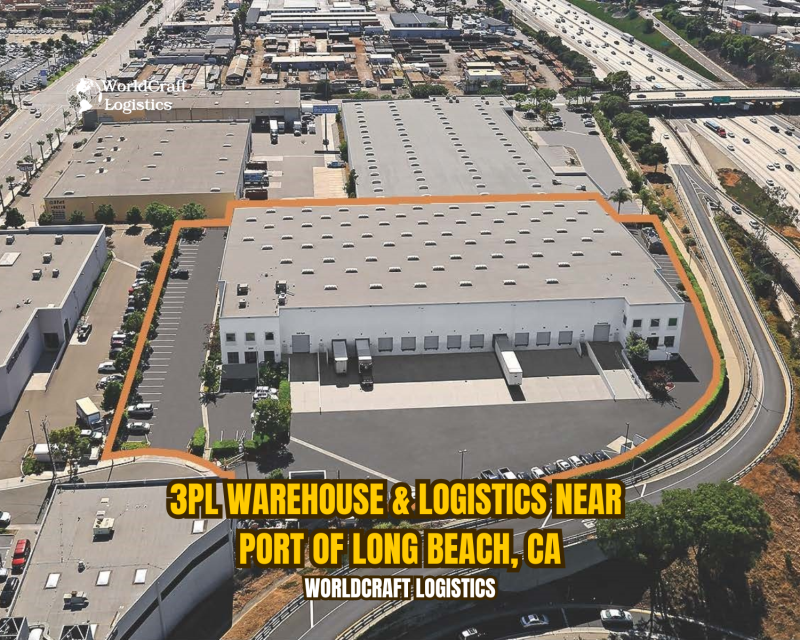
Warehouse
12/30/2024

Warehouse
06/16/2024

Warehouse
03/03/2024
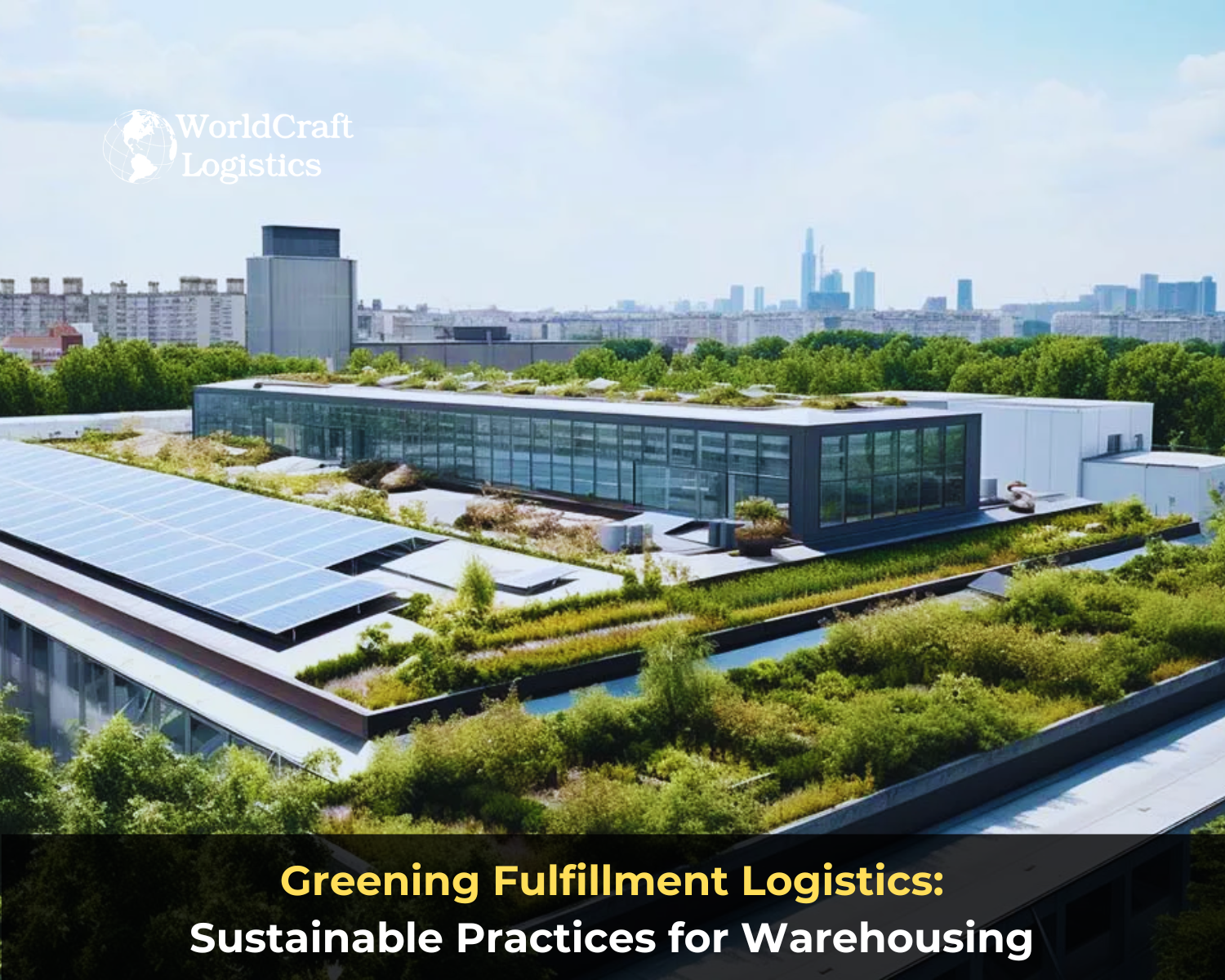
Warehouse
08/25/2024

Warehouse
02/20/2023